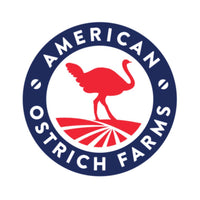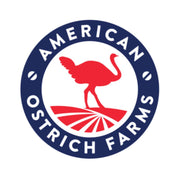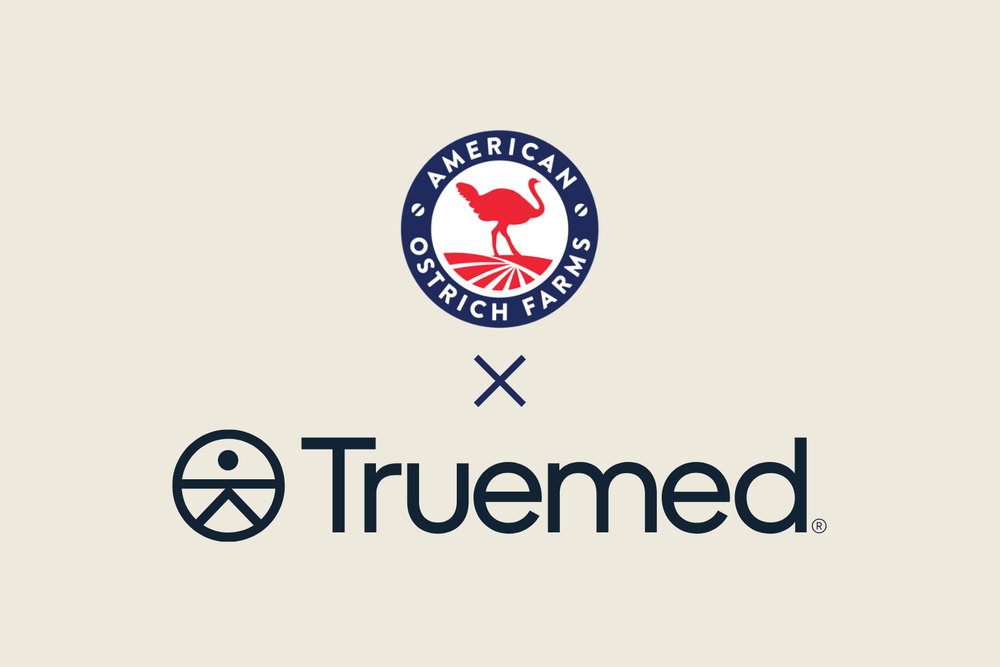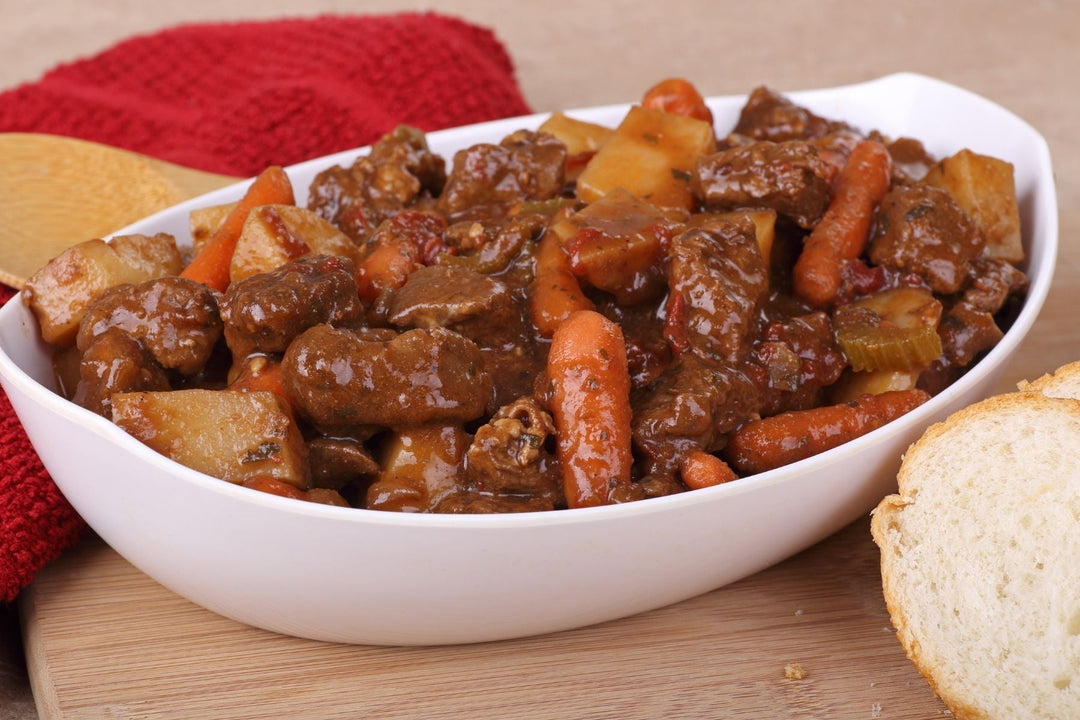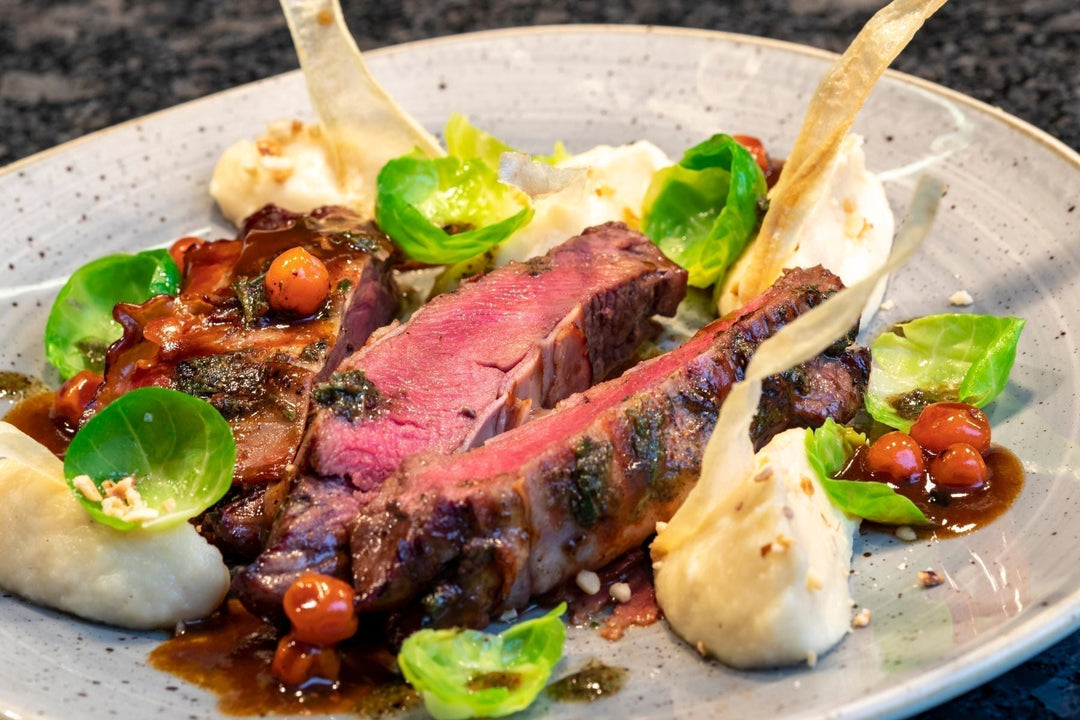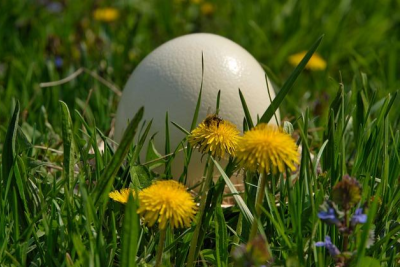Ostrich meat is a hidden gem in the culinary world, valued for its lean, protein-packed nature and delicious, satisfying flavor. If you’re intrigued by ostrich but curious about how it compares to other red meats, this guide will walk you through its similarities to beef, venison, bison, and emu. By understanding what makes ostrich unique—and which meats share its characteristics—you’ll be ready for your first bite of this versatile red meat.
RED MEAT FROM A BIRD
Although ostrich is a bird, its meat is classified as red meat, much like beef or bison. It has a deep, rich color and a flavor profile that’s often compared to lean beef or venison, with a tenderness that sets it apart. Ostrich is a great alternative for those looking for a sustainable, nutrient-dense meat with a mild, approachable taste.
BEEF
When it comes to flavor and culinary applications, ostrich is most similar to beef. Both meats are rich and hearty, making ostrich an easy swap in recipes like burgers, meatballs, or steaks.
Here’s how they stack up:
Leanness: Ostrich is significantly leaner than beef, containing less fat while still delivering a satisfying taste and texture.
Nutrition: Ostrich is higher in iron and lower in cholesterol than beef, making it a healthier option for red meat lovers. The minimal fat present in ostrich meat is primarily unsaturated “healthy fat”.
Cooking Tips: Because of its low fat content, ostrich cooks faster than beef and is best served medium-rare to retain its natural juiciness.
EMU
As a fellow flightless bird, emu is the meat most closely related to ostrich. Both ostrich and emu offer lean, red meat with similar nutritional profiles. Emu, however, has a slightly gamier taste, which appeals to some fans of exotic meats, but may be off-putting to those whose palette is more accustomed to traditional livestock. In terms of texture, both are tender and versatile, making them excellent for grilling, roasting, or even ground meat recipes. The similarities extend beyond the plate—both ostrich and emu are sustainable, eco-friendly choices that are gaining popularity as alternatives to traditional meats.
BISON
Bison meat is another excellent comparison to ostrich, as both are lean, nutrient-rich red meats. Like ostrich, bison is lower in fat and calories compared to beef, and both have a mildly sweet flavor that pairs well with a variety of seasonings and cooking styles. The main difference lies in texture: bison has a slightly denser chew, while ostrich is more tender and delicate. Both meats excel in high-heat cooking methods like grilling or pan-searing.
VENISON
For those who enjoy the distinct flavor of venison, ostrich is a worthy alternative. Both are lean meats with a slightly sweet undertone, but venison tends to be earthier and more robust. Ostrich’s milder flavor makes it more versatile for recipes that call for subtler seasonings or marinades. Both venison and ostrich are high in protein and iron, making them ideal for health-conscious eaters.
Whether you’re comparing it to beef for its flavor, emu for its similarity, or bison for its health benefits, ostrich stands out as a delicious, versatile, and sustainable protein. Next time you’re craving a unique red meat experience, consider adding ostrich to your menu—you might just discover your new favorite meat!
WHY IS OSTRICH MEAT SO EXPENSIVE?
When diving into the world of alternative meats, you might wonder why ostrich meat carries a higher price tag than common proteins like beef or chicken. The reasons lie in the unique challenges and commitments associated with raising ostriches and producing this exceptional meat. Let’s explore the key factors that contribute to the cost of ostrich meat.
QUALITY FARMING
Unlike industrial livestock farming, ostriches at American Ostrich Farms are raised in low-density environments that allow them ample space to roam. This commitment to non-industrialized farming ensures superior meat quality. However, it also limits the number of birds raised, reducing production capacity and increasing the per-bird cost. This labor-intensive approach comes with higher expenses, but it results in a premium, humanely harvested product that meets the highest standards of quality.
THE CHALLENGES OF UNCONVENTIONAL LIVESTOCK
Ostriches aren’t your typical farm animals. Raising them requires specialized infrastructure, from breeding facilities to custom processing plants. Compared to the cattle or poultry industries, ostrich farming enjoys less access to government subsidies and other financial support, meaning more costs fall on independent farmers. Additionally, the ostrich industry is relatively small, which limits economies of scale and keeps production costs higher compared to mainstream meats.
NUTRITION-DRIVEN FEED PRACTICES
Feeding ostriches isn’t a simple task—they require a nutrient-rich diet to ensure their health and meat quality. High-quality feed is a must, but small-scale operations don’t benefit from bulk discounts like larger livestock producers. While this increases feed costs, the result is a tender, flavorful meat that offers a superior dining experience. For American Ostrich Farms, it’s not just about feeding their ostriches; it’s about investing in a premium product.
SPECIALIZED CARE BY SKILLED STAFF
Raising ostriches demands expertise and dedication. Ostriches require specialized knowledge and hands-on care at every stage—from breeding and hatching to raising and processing. At American Ostrich Farms, staff are well-trained and well-compensated. This commitment to skilled labor adds to production costs but ensures a superior outcome.
ON-SITE PROCESSING FOR COMPLETE QUALITY CONTROL
To guarantee quality, American Ostrich Farms oversees every step of the production process, including processing meat in USDA-inspected facilities located on their ranch. This minimizes transportation stress for the birds and reduces environmental impact, but it also requires significant investment in specialized equipment and training. The result? Meat that meets the highest safety and flavor standards, but at a higher cost.
SUSTAINABLE PRACTICES
Sustainability is a cornerstone of operations at American Ostrich Farms. From green infrastructure like wastewater treatment to eco-friendly, recyclable packaging, the farm goes the extra mile to minimize its environmental footprint. These practices reflect a deep commitment to the planet but also increase production expenses. By choosing ostrich meat, you’re supporting sustainable agriculture and responsible farming.
SPREADING THE WORD
Because ostrich meat is less familiar to most consumers, significant resources are devoted to marketing and education. Sharing the health benefits, sustainability, and versatility of ostrich meat takes time and effort, adding to overall production costs. Without these efforts, this exceptional protein might remain underappreciated. The investment in consumer awareness ensures that more people can discover and enjoy the unique qualities of ostrich meat.
THE REAL VALUE OF OSTRICH MEAT
When you consider the labor, care, and sustainable practices behind ostrich farming, the price of this unique protein begins to make sense. Every step, from the birds’ diet to the packaging of the final product, is meticulously managed to ensure quality and responsibility. Ostrich meat is more than just another protein; it’s a premium and environmentally conscious choice. By appreciating the factors behind the cost, you can savor every bite of this exceptional meat, knowing it’s worth every penny.
